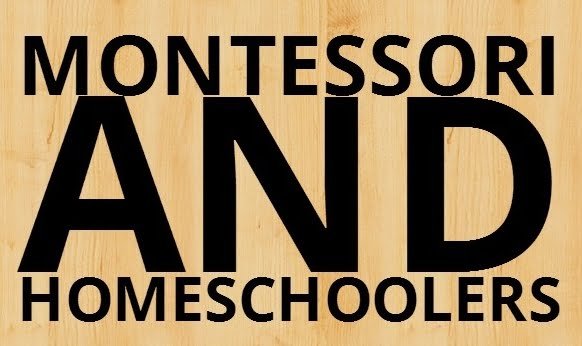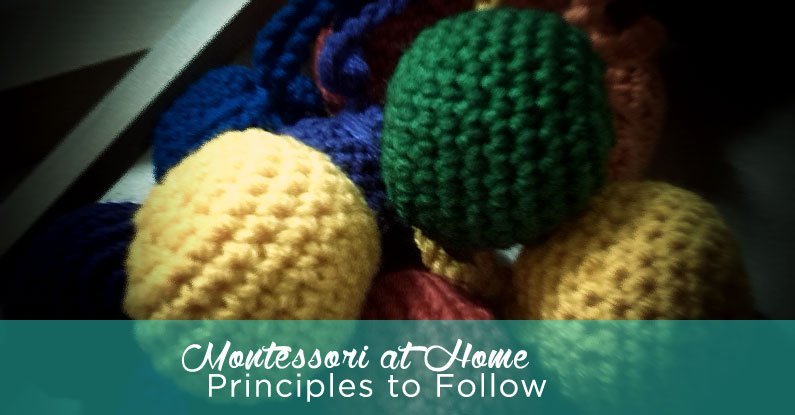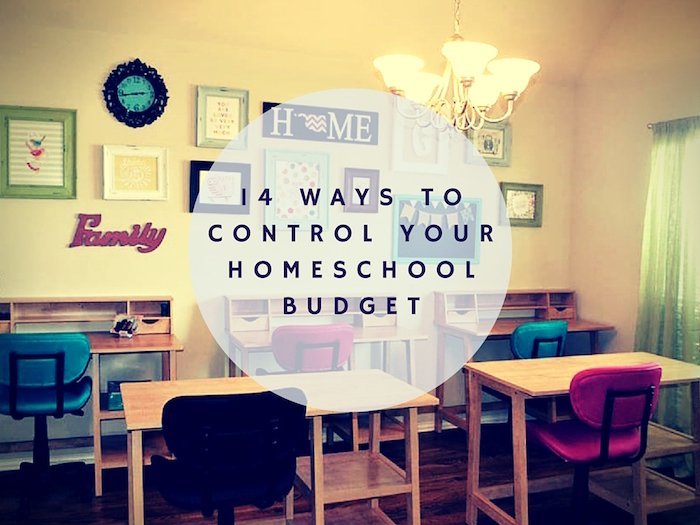Approaches to Home Schooling
Parents make the decision to home school their children for many different reasons. For some, it is because they want to take the moral and/or religious upbringing of their children into their own hands. For others, it is because their lifestyle does not lend itself to the schedule of traditional school calendars. Still others are concerned that the local schools cannot best meet the individual needs of their children, whatever they are. Perhaps they do not like the flavor of the public and private schools in their area. No matter what the reason is that parents decide to school their children at home, they are looking for ways to offer their child the very best education they can.
There are several different approaches to homeschool. Parents who have decided to make homeschooling a way of life need to find the philosophy that is right for their child, their family, and their lifestyle.
There are several home school philosophies that are very popular with parents and an overview of the most common and popular styles is listed below:
Classical
The Classical approach to homeschooling is based on ideals from ancient Greece and Rome. This approach is developed around three phases of learning and thinking. For elementary aged students, the main educational focus is building background information and educational foundations. This stage is called the concrete phase. The analytical phase is used for students in grades 7-8, and focuses on logic and critical thinking. Students at the high school age are taught more abstract thinking, and focus on conveying thoughts in an articulate way. Independent thinking, scholarship, critical thinking and love of learning are the goals of this style of home education.
Traditional
This approach is probably the most familiar with parents, as it most closely resembles the traditional education methods. In this approach, the parent acts as teacher delivering lessons from teachers’ manuals, workbooks, and other materials. The parent can pace their lessons as slowly or as quickly as is indicated by the child’s level of understanding of the material.
Unit Studies
The Unit Studies approach to home schooling presents information in an inter-connected way. The parent/teacher finds a theme that is interesting and uses that theme to create lessons in all subject areas. This creates a deep understanding of the material covered as it is not learned in isolation. Parents can create their own thematic units, or purchase units created by publishers for this purpose. Units can be based on literature, history, geography, character qualities, or any topic of interest.
Charlotte Mason
The Charlotte Mason approach is based on the philosophy of educating the whole child. There are three main components of a Charlotte Mason education: Atmosphere, Discipline and Life. In a nutshell, this means that children learn from their atmosphere, or their home environment. Discipline refers to character habits, and life means that children should not be provided with random, rote facts but life experiences instead. These students are involved in real-life situations like visiting museums or taking nature hikes and time is also carved out for physical activity every day.
Unschooling
Unschooling is also referred to as Child-Led learning or Natural learning. In this approach, there are no formal lesson plans. The philosophy is that children learn to walk and talk in a natural way without formal lessons. In the unschool approach, children are encouraged to follow their own interests as they are most curious about things that pique their interest in their daily life experiences. This philosophy is the most unstructured, as it is child-led. Children are encouraged to read and write when they want to, not by a predetermined set of curriculum.
Eclectic
The name eclectic implies exactly what his approach to home schooling is. For many parents, there are components of each different philosophy which appeal to them and using an eclectic approach allows them to pick and choose. They may use a unit that they find appealing for a series of lessons, then provide other lessons in an unschooling format. Parents may combine components of both a traditional and classical education as well. Parents form their own philosophy by picking and choosing components of many different styles in a relaxed fashion.
Distance Learning
With the abundance of computers, distance learning has become a popular component in home school households. Parents can use distance learning to extend learning, or to supplement. These courses are also popular for students at the high school level where there may be certain state requirements for graduation. Students can still receive the benefits of the home school situation, but also ensure that more advanced materials are being covered. There are many different companies which produce on-line curriculum and parents can purchase an entire curriculum or simple individual classes.
There are many other approaches that parents use to home school their children, and parents need to spend a great deal of time reflecting on what their goals are prior to beginning to home school their children. This is a life-altering decision which should not be taken lightly and parents need to be clear on their mission so ensure the most beneficial education for their children.













LEAVE A COMMENT